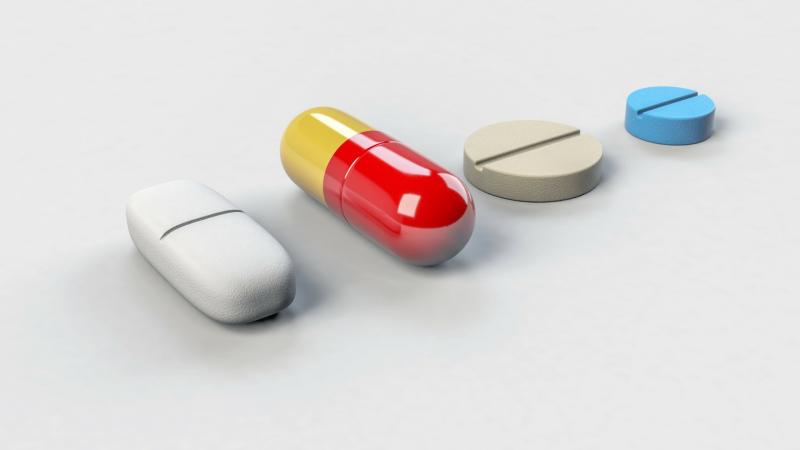
Scientists from the Indian Institute of Technology (IIT) - Gandhinagar have extensively reviewed how the physical and chemical properties of nano-carriers in drugs can enhance their ability to fight cancer, while at the same time minimize the harm caused to other healthy tissues.
Many cancer patients regularly undergo harsh chemotherapy treatments in order to fight cancer, which often debilitates the patient’s body to a great extent, as it can also affect healthy tissue along with the cancerous ones. In order to overcome these side effects, and specifically, increase the efficacy of chemotherapeutic drugs against cancer cells, scientists have been trying to come up with various kinds of nanoparticle-based drug-carrier systems that can deliver the drug to the cancerous tissues in a targeted fashion, without harming the healthy tissues.
To be a viable nano-carrier used for delivering anti-cancer drugs in a patient’s body, the nanoparticle material must have various desirable characteristics. For example, it should be able to attach to the tissue and subsequently release the said drugs in a controlled fashion. The nano-carrier complex should also be stable until it reaches the cancerous tissue and release the drugs there. The nano-carrier material should also be easily excreted out of the patient’s body once it achieves its objectives. Not surprisingly, the physical and chemical properties of the nanoparticle material are important determinants of the above said characteristics of an ideal nano-carrier.
The scientists at IIT-Gandhinagar explain that tailoring these physical and chemical properties of nano-carriers could be the best way to influence the reactivity and interaction of these nano-carriers in the internal environment of a patient’s body. In their review, they discuss how various factors like size, shape, aspect ratio, solubility and surface chemistry can affect the efficiency of nano-carriers in delivering drugs inside the patient’s body.
Such extensive studies on optimising the characteristics of nano-carriers could greatly help us get a step closer to the ideal anti-cancer therapy, and also offers a ray of hope to patients, in overcoming the harsh side effects of chemotherapy treatments.





